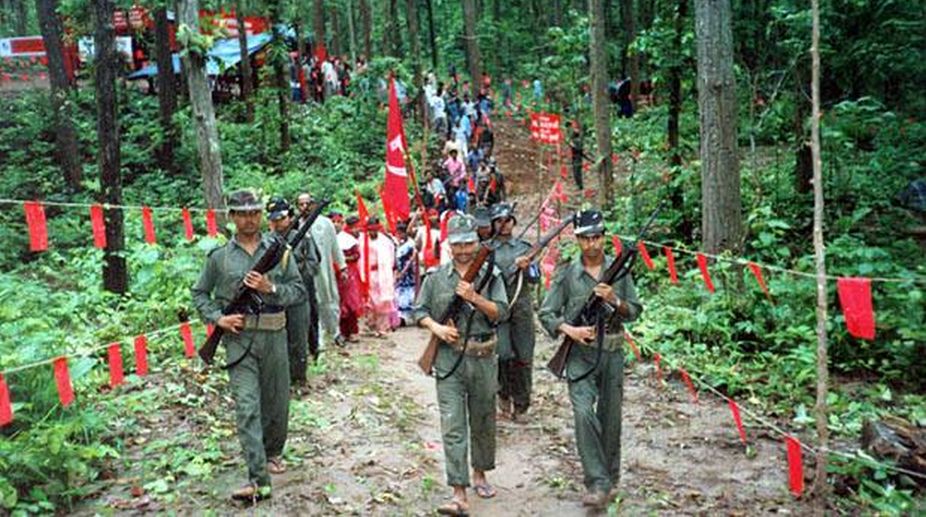Over 4,100 Looted Firearms Surrendered in Manipur Amid Ongoing Peace Efforts
More than 4,100 firearms looted from police armouries during the peak of ethnic violence in Manipur have been voluntarily surrendered to authorities till Saturday.

Representational Image (Photo: Facebook)
From the purely “military” point of view the Central Reserve Police Force has a success story to narrate. The number of districts affected by Maoist violence now stands at 58 ~ that would appear on the high side, but is actually down from 75 in 2015 and 67 in 2016. That violence is now largely confined to the Bastar-Sukma region (1200 sq kms), the Andhra-Odisha border (2000 sq kms) and the Abujmaad forest (4,500 sq kms). However a top CRPF official concedes that “there is a security vacuum and the administration has not been able to completely access these areas.” What has paid off in most other parts of the “red zone” according to the paramilitary, is a revamped strategy to target senior Maoist leaders and their informers with enhanced and precise intelligence. Officials said there are more joint operations by the CRPF, the IAF, the BSF, the ITBP and state forces.
Along with the operations, the administration is speeding up development work, including installation of mobile phone towers and construction of roads, besides setting up police stations in remote villages. That strategy was reworked after a Maoist strike in Sukma last May that took 25 lives, and the results appear to have paid off: Naxal violence had fallen by an estimated 60 per cent, and according to a document recovered from the Maoists 140 of their cadres, including 30 women and a number of leaders had been neutralised by the security forces in 2017 ~ one of the most successful years for the CRPF.
Advertisement
It is perhaps unfortunate that when the CRPF Director-General interacted with the media he did not have too many details of the “development” activity that must proceed in tandem with security-related action, but Niti Aayog is working on its formula to wean the people away from violence and join the mainstream. A comprehensive presentation might have put the overall picture into realistic perspective. It would also be important to note whether the local police have begun to play a greater role in the security operations ~ they hold many of the keys to the final outcome. What also needs monitoring is the level of fresh recruitment to the Maoist ranks, declining enrolment would indicate that efforts to win over young minds were paying off.
Advertisement
Without in any way questioning the figures presented by the CRPF or decrying the success it claims, it must be stressed that a drop in violence-levels can be misleading. Insurgency tends to follow a cyclical pattern and the security effort cannot be relaxed. Rather the “shrinkage” of the violence-hit area must be effectively utilised to expand developmental activity, a lasting solution to a problem with several facets requires a multi-pronged game-plan. Still, what has been gained on the ground merits appreciation.
Advertisement